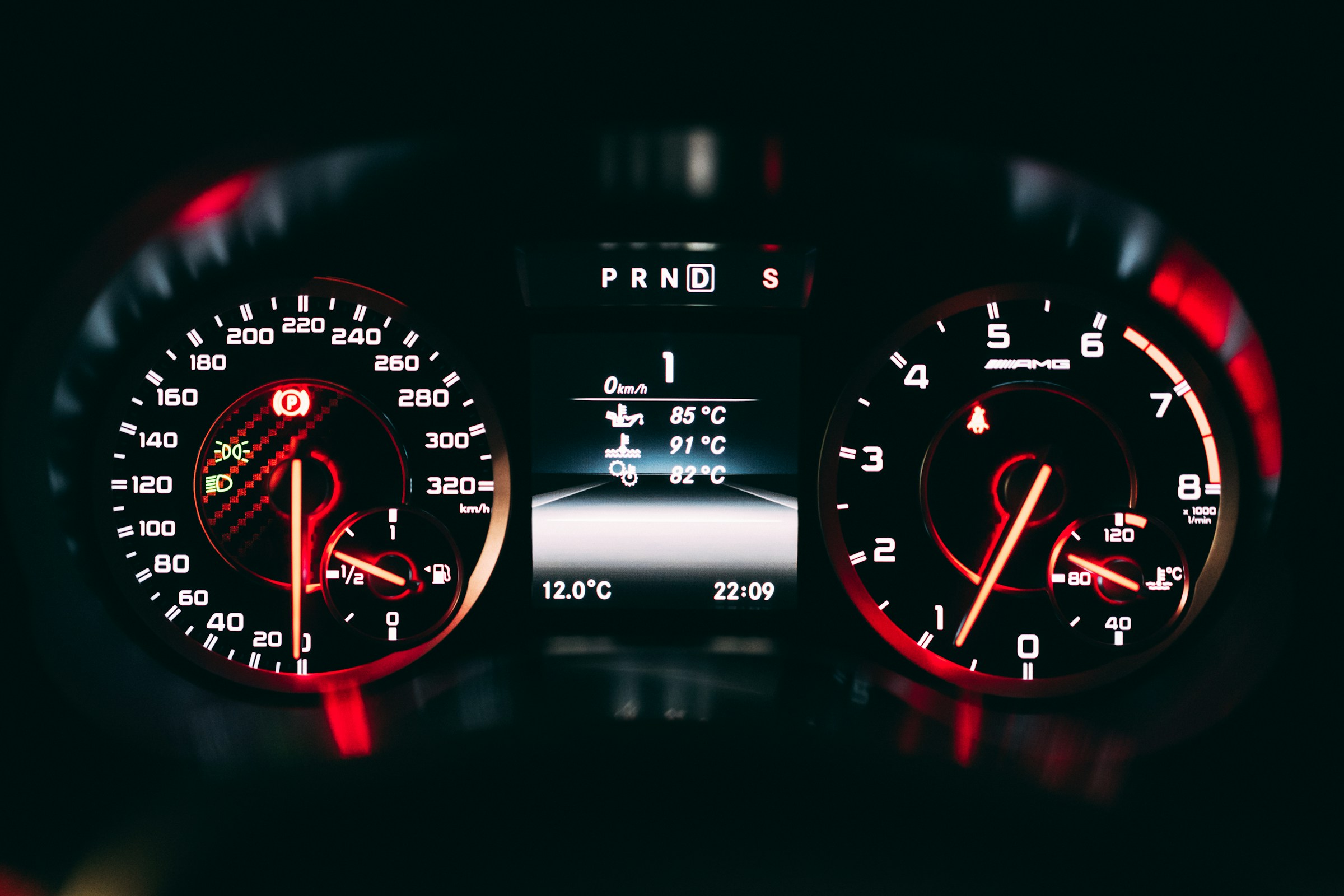
As an Amazon Associate, Modded gets commissions for purchases made through links in this post.
Few things put a damper on a lovely Sunday drive in the countryside like a warning ding and a new visual alert signifying car trouble. What do the dashboard lights mean? Is the situation dangerous? What should you do about it, and do you have time to stop at the store before pulling into the mechanic’s shop?
Although they may seem intimidating at first, your car dashboard symbols and meanings are no more difficult to understand than your smartphone icons. All it takes is the inside scoop on what they mean. Follow this guide to fix that malfunction with minimum fuss and expense while saving yourself stress.
What Lights Should You See When You Start Your Car?
If you’re the mindful sort, you might have observed that all of your lights come on when you first start your vehicle. Others don’t even notice, and that’s perfectly okay. This momentary flick of the lights indicates that your car has performed a self-test to ensure all systems are a go. It’s when a warning light remains lit or begins flashing during transit that you need to worry.
To diagnose what dashboard lights mean, you must first understand that warning lights come in various colors. Red is the most severe, indicating a problem that warrants immediate attention.
Yellow lights often refer to specific road conditions that require extra caution, such as your traction control switching on in the rain. White, light blue or green lights signify no trouble at all. They simply let you know that you have employed a certain feature, such as your headlights.

Do Electric Cars Have the Same Dashboard Lights?
Dashboard lights are necessarily different in an electric vehicle. For one, there’s no need for a gas gauge unless you’re driving a hybrid. However, manufacturers fill that space with stats on energy consumption, battery charge and anticipated range to ensure you don’t accidentally strand yourself without juice.
However, some lights remain similar. For example, you’ll still receive various system warnings, such as low tire pressure. You might even get a little bonus in the form of eco-friendly alerts that applaud you for environmentally sound driving behaviors.
How to Master Your Specific Dashboard
Your car comes with an owner’s manual regardless of whether it is a traditional gas engine, EV or hybrid. Most folks toss it in their glove box and forget it. Do better — take it out and study that puppy. Better yet, take the time to review it with the sales associate before you buy. They can advise you on what the various symbols mean and what actions to take when they appear.
A Car’s Driver Is It’s Most Important Safety Feature
According to a recent study by the National Highway Traffic Safety Administration, a staggering 94% of automobile accidents result from human error. Although mechanical problems contribute, especially among those with limited income to maintain their vehicles, it pales in comparison to distracted driving or driving while sleepy, enraged or under the influence of drugs or alcohol.
What does this mean for you when your dashboard lights come on? Your first order of business is to remain calm. Panic promotes irrational and impulsive behaviors that increase your accident chances. If a dashboard light appears, take a deep breath, observe the traffic around you and move to the shoulder or another location where it’s safe to pull over and park.
Know yourself. If you lack mechanical savvy and have little desire to learn, invest in roadside assistance through your insurance carrier or opt for a third-party service like AAA. However, you might be able to troubleshoot what that dashboard light means by referring to this guide.
13 Dashboard Lights and What They Mean
Here’s what to do when you see one of these symbols appear on your dashboard.
1. Check Engine Light
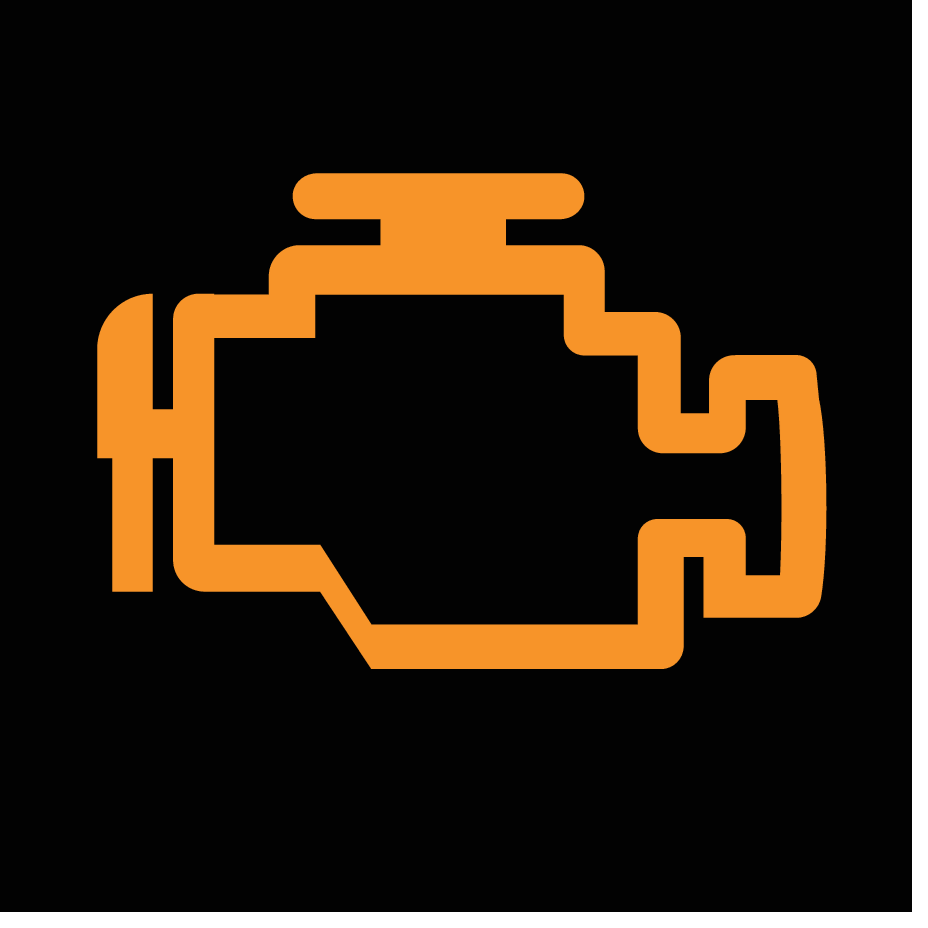
This little guy may inspire more panic than any other, but it can often result from little more than failing to twist your gas cap all the way after filling up. Other check engine light meanings include:
- Faulty catalytic converter
- Faulty mass air flow sensor
- Aging spark plugs
- Faulty oxygen sensor
- Faulty ignition coil
- Overheating
- Vacuum leak
- Oil pressure
- Ignition system trouble
It’s quite an extensive list. To pinpoint the precise problem, you’ll need a special computer that hooks to your car’s OBD-II port. You might know where this port is if you use an insurance carrier that rewards you for good driving — it’s typically located below the steering wheel near the driver’s side door. Your mechanic will have one, as do auto parts stores such as O’Reilly and AutoZone. You can purchase one for personal use or borrow theirs to troubleshoot and buy the parts you need for repair.
2. Oil Light
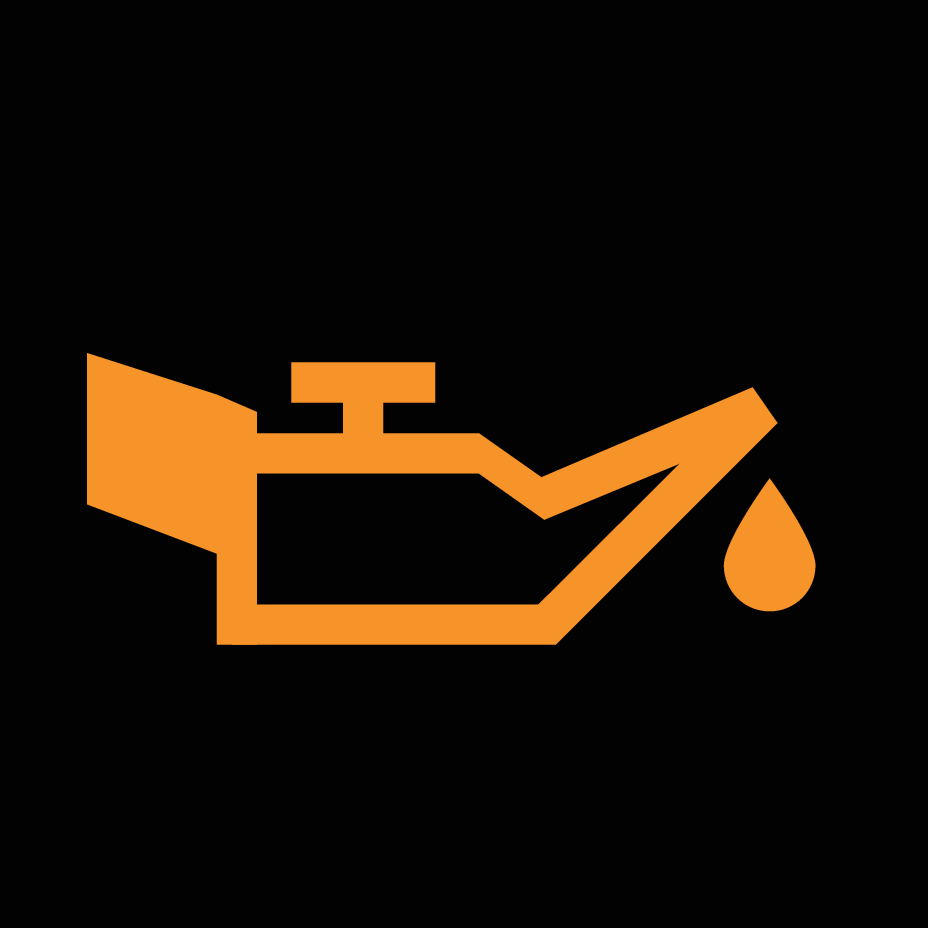
Your oil light is a serious signal that should inspire you to take rapid action if you value the life of your motor vehicle. Lack of lubrication causes friction that can seize up your engine, necessitating expensive repairs. It appears when oil pressure gets too low, or the existing oil becomes too broken down and contaminated to function properly.
Please avoid driving when your oil light comes on. Your quick fix is to add more oil, which is why keeping some in your trunk at all times is a wise idea. Step two is to get your vehicle to the shop for an oil change.
You can also change your oil at home, and while going to a shop is quicker and easier, it’s worth doing it yourself once or twice to get to know your car. The most dangerous aspect is properly elevating the vehicle to let you climb under it safely. Thin people with lifted rides might skip the jack, but otherwise, ensure you engage the parking brake and use chocks to keep the vehicle stationary while you work.
When changing your oil at home, ensure you take proper steps to dispose of the used motor oil. While it’s illegal to dump it down the drain or into the wild, bringing it to an approved recycling facility lets manufacturers refine it for new use. Some mechanics shops offer oil recycling, albeit usually to regular customers, but you can also check with your local waste disposal service for disposal alternatives.
3. Transmission Light

Your transmission system warning light looks like a gear with an exclamation mark in the center. It may contain the words “at oil temp.” It indicates that your transmission fluid is overheating, which can happen when you have low fluids, high mileage and worn components. Those who have made this mistake when hauling an RV know it can also result from towing a too heavy load.
When this light appears, pull over as soon as it is safe to do so. You should wait an hour or more before working on overheated engine components. Check your fluid levels, which may correct the problem. However, if damaged parts create the issue, you may have no choice but to repair or rebuild the transmission. It can cost a pretty penny and typically requires more specialized equipment than hobbyist DIYers keep in their home garages.
4. Indicator Light

This dashboard light looks super scary, but it’s surprisingly not a sign of immediate danger. However, it does increase your risk of an accident or receiving a ticket if pulled over. Your indicator light signifies that you have a light out somewhere, which can spell trouble if it’s a headlight or taillight that needs attention.
The solution to this dashboard light is to locate the dead bulb and replace it. Plugging a computer into your car’s OBD-II port facilitates troubleshooting.
5. Car With Squiggly Lines Light

You might think that the car with squiggly lines dashboard light signifies a winding road ahead, which may or may not be true. What’s certain is that your car’s stability control system detects wheel slippage, problems or malfunctions.
In general, the only action you need to take when this dashboard light appears is to slow down and drive more carefully, given wet or slick conditions. However, if it frequently lights up, and you live in Phoenix, AZ, not Seattle, WA, you should consult your mechanic. It may indicate a problem with your car’s traction system or an electrical issue causing the light to malfunction.
6. Exclamation Point on Dash
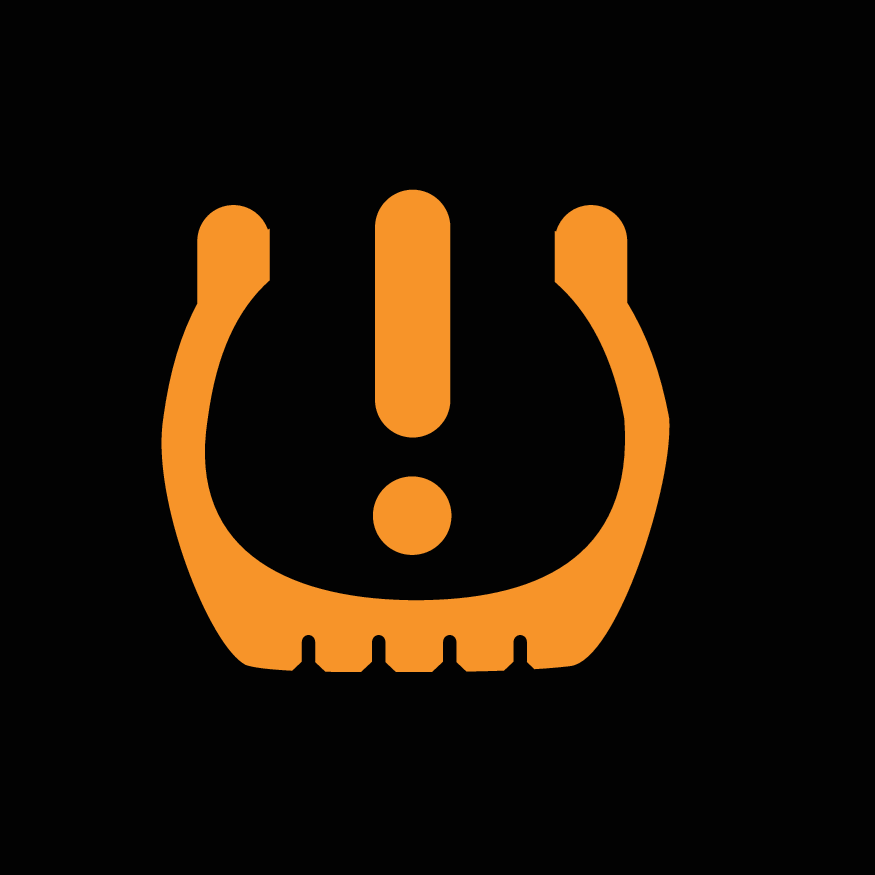
Any time an exclamation point appears within or next to another dashboard light, it indicates a fault in the system. For example, your tires should hold between 32 and 35 psi to perform at their best. An exclamation point inside two curved brackets with a rough bottom indicates that your tire pressure is low and you risk a flat.

An exclamation point next to a steering wheel indicates a fault with your power steering system. Although you may technically be able to drive your vehicle, turning it transforms from a simple act to one requiring Herculean strength. Your ability to maneuver quickly avoids accidents, so get to the shop for repairs without delay. You may need to call for a tow, depending on how far you must travel.
7. Part Time Light

Once upon a time, switching to 4-wheel drive meant physically exiting your vehicle and locking your tires. Now, you can do so from inside your ride, but engaging temporary 4-wheel drive may cause a “part time” light to appear on your dash. It doesn’t mean your vehicle is in need of parts — it’s simply a reminder that you should switch back to 2-wheel drive before getting on the highway to avoid damaging your transmission.
8. Fog Light
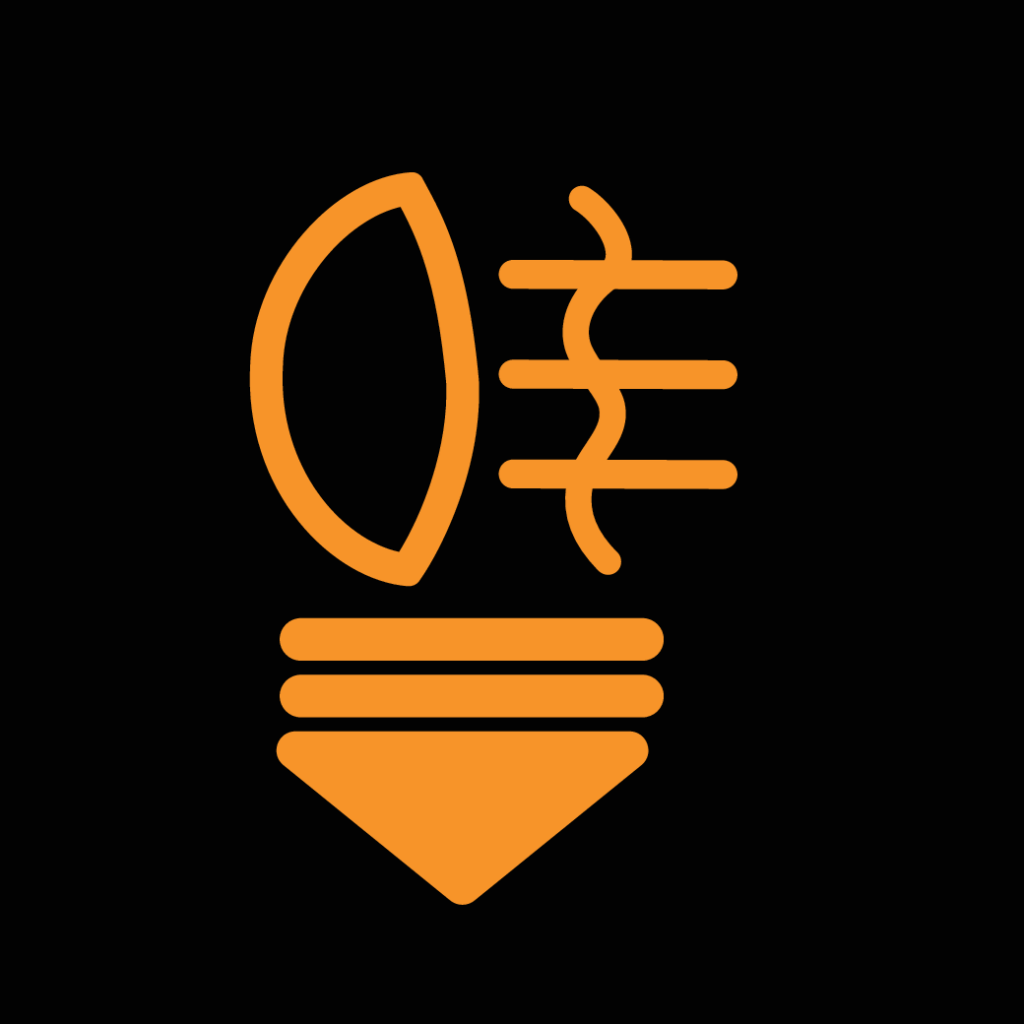
Here’s a light that shouldn’t evoke any alarm when it appears on your dashboard. While your fog lights can drain your battery if left on when you turn off your car, the worst that can happen is you’ll later turn the key, and nothing will happen — which is bad if you’re running late for an appointment but not inherently dangerous. This dashboard light is simply a reminder to flick that switch before exiting your ride lest you strand your future self.
9. Coolant Level Light

If a drowning thermometer lights up on your dashboard, however, it’s time to take serious action. This light indicates that you are getting low on coolant, which puts you at risk of overheating. Your best course of action is to pull over, wait a sufficient time for the engine to cool and add more antifreeze. Water will do in an emergency but may contain impurities that damage your engine.
Additionally, you should flush and replace your coolant every 30,000 miles or so or per your manufacturer’s instructions. As with changing your oil, it’s generally easier and just as cost-effective to take it to the shop — but getting your DIY groove on a time or two familiarizes you with your vehicle and gives you a sense of confidence in regards to auto mechanics. Go for it.
10. ABS Sensor Light

Your brakes are another area of your car you shouldn’t play with, so get to the shop if this light comes on. ABS stands for antilock braking system, which enhances your control on slick surfaces and replaces the old-fashioned need to pump your brakes when going into a skid.
What’s dangerous about this dashboard light is that some people ignore it if their brakes otherwise work fine. However, many things can cause the system to malfunction, and getting to a shop is the only way to ensure that you can stop your vehicle quickly when necessary to avoid accidents.
11. Airbag Warning Light

If a light depicting a seated person with a circle above it appears, it indicates that there is a problem with the supplemental restraint system. Although it isn’t illegal to drive without airbags — they only came into popular use 50 years ago — doing so increases your risk of serious injury in an accident.
Please note that your airbag warning light may not appear on your dashboard. For example, some models of 4WD vehicles intended for off-road use, like Jeeps, have them near the gear shift box, enabling drivers to manually disengage them when traversing bumpy roads to avoid accidental deployment.
12. Battery Light

Your battery light means something slightly different if you drive an electric vehicle. Such models often have various indicators to tell you how much charge remains and how far you can go before you need to plug in. However, on standard gas-powered vehicles, this icon indicates an issue with your battery or charging system.
While it’s rare to lose power in transit as your engine keeps things moving, you could find yourself in need of a jump if you fail to address the issue. Often, a new battery is all you need, but worn cables, corrosion around the terminals or alternator issues could also prompt this light to appear.
13. Low Fuel Light

Here’s a dashboard light that nearly everyone recognizes. You probably also know what to do — get thee to the nearest gas station and fuel up.
Special Note on Clearing Dashboard Lights
Here’s another reason to invest in a computer for your OBD-II ports if you prefer to DIY rather than take your car to the shop. In general, dashboard lights disappear once you address the underlying cause that made them appear in the first place. However, it isn’t always automatic. Some models require you to clear the issue via this port manually — the check engine light is a notorious example.
Clearing the issue should extinguish any remaining unwanted dashboard lights. However, pay attention if they reappear and seek help from a professional mechanic who specializes in your model to determine what further repairs you need.
What Your Dashboard Lights Mean
Seeing a new alert on your car isn’t fun. However, it’s cause for alarm, not panic. Understanding what your dashboard lights mean gives you peace of mind on the road.
Print out this copy of car dashboard symbols and meanings to keep in your glove box. Let it be your handy guide to what to do when a strange, new dashboard light appears.
Icons courtesy of Vecteezy.com
Stay up to date with the latest by subscribing to Modded Minute.
Author
Jack Shaw is a senior writer at Modded. Jack is an avid enthusiast for keeping up with personal health and enjoying nature. He has over five years of experience writing in the men's lifestyle niche, and has written extensively on topics of fitness, exploring the outdoors and men's interests. His writings have been featured in SportsEd TV, Love Inc., and Offroad Xtreme among many more publications.






